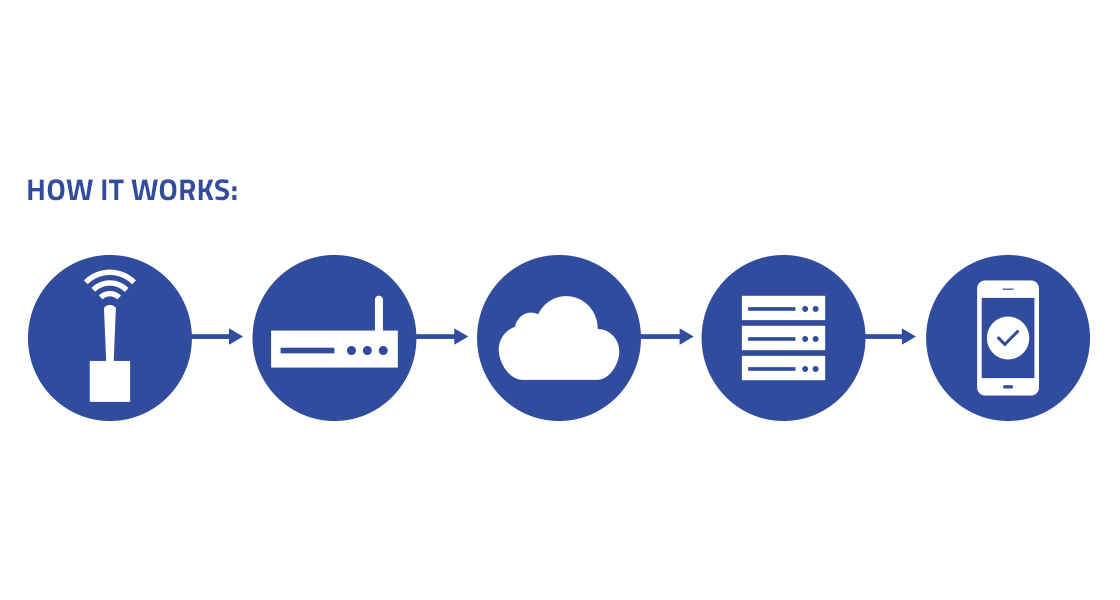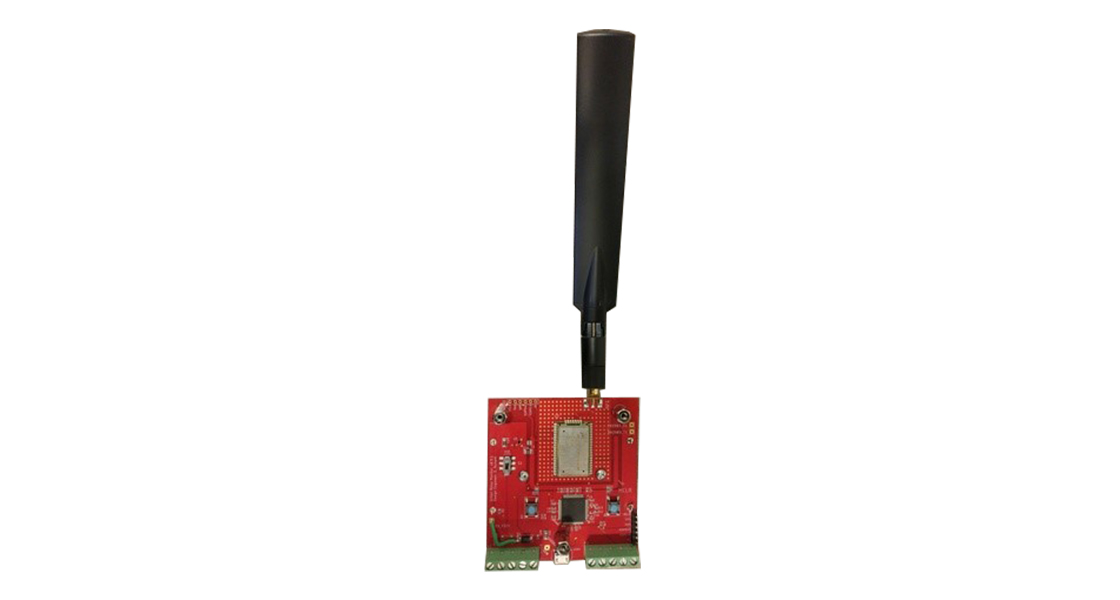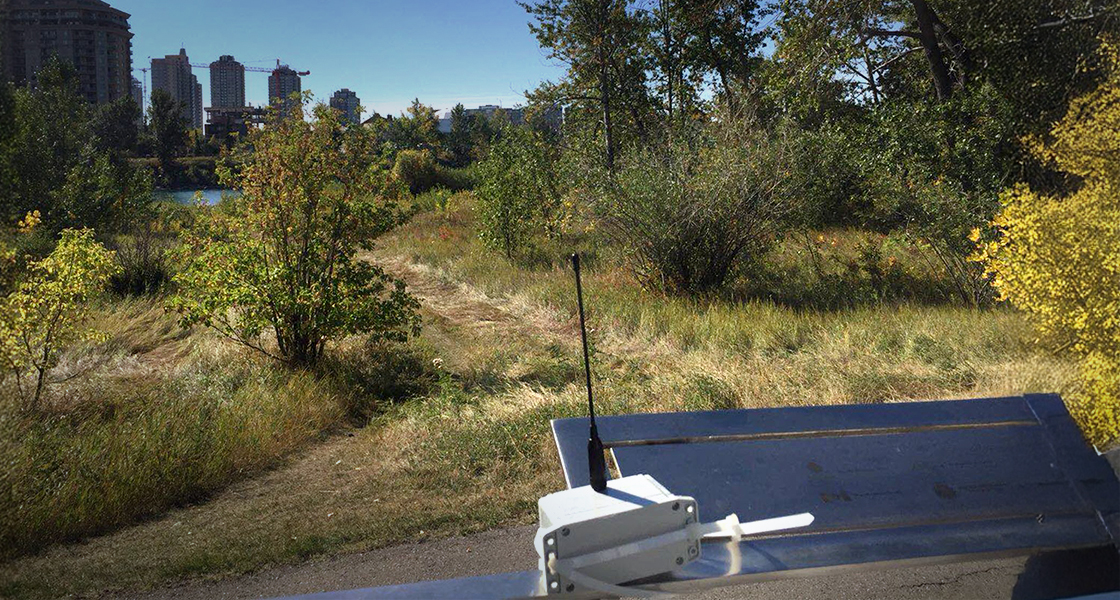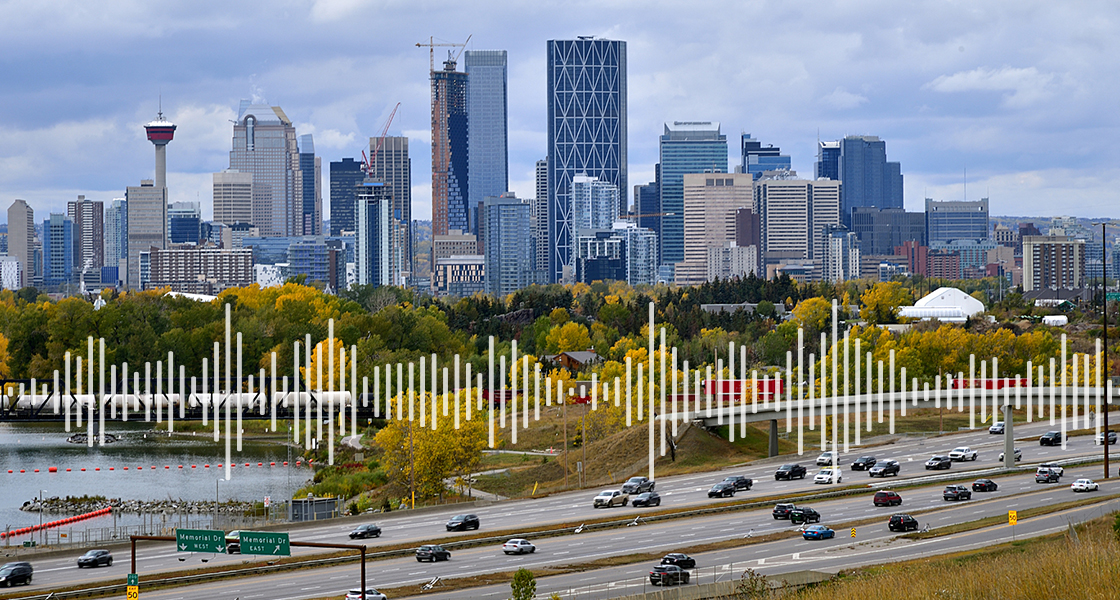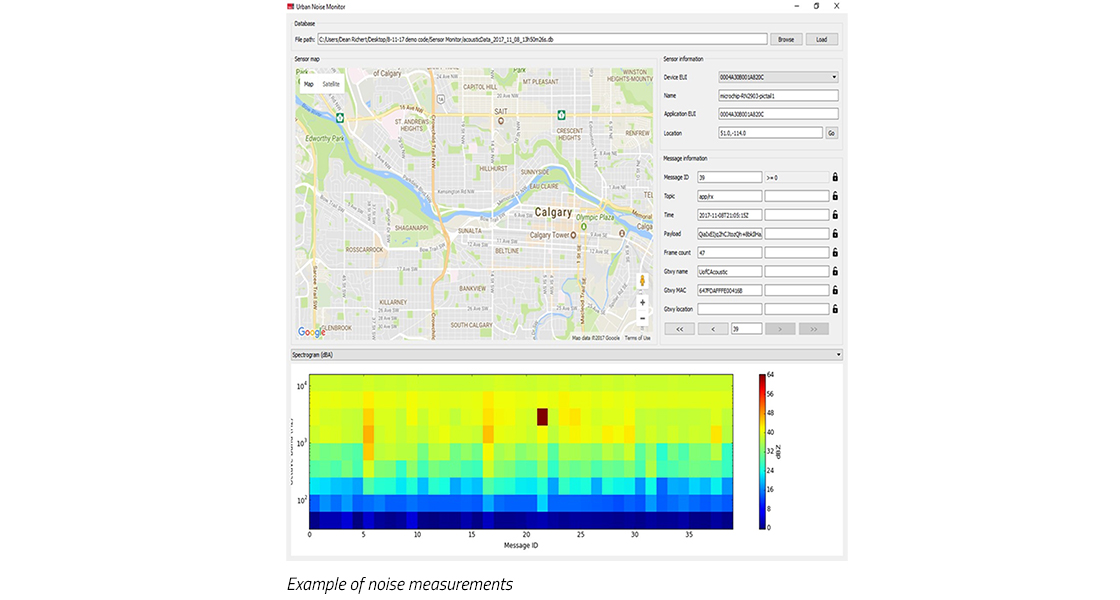The City of Calgary – Urban Alliance
Quick Facts
Company
The City of Calgary – Urban Alliance
Customer Profile
The City of Calgary is a progressive municipal government dedicated to enhancing the quality of life for its over 1.3 million residents through innovation and technology. As part of its smart city strategy, the City actively explores new ways to improve urban services and sustainability. In collaboration with the University of Calgary through the Urban Alliance partnership, the City engages in research-driven initiatives that address complex urban challenges. By investing in advanced solutions like LoRa®-based acoustic monitoring, the City of Calgary demonstrates its commitment to datainformed decision-making, public wellbeing and the responsible development of future-ready infrastructure.
Objectives
- Cost-effective real-time noise monitoring.
- Smart acoustic sensors with built-in intelligence.
- Multi-frequency sound detection and analysis.
Results
- Faster, cheaper response to nonemergency noise complaints.
- Accurate data to enforce noise bylaws.
- Future sound score maps to guide homebuyers.
Products & Services
Introduction
Improving Quality of Life for Citizens
Noise pollution is a persistent problem for residents in urban environments. Recent studies have estimated that nine in 10 people in major cities are exposed to noise levels exceeding international guidelines daily. The negative health effects of excess noise include disturbed sleep, hearing loss, cognitive disorders and high blood pressure.
Municipal noise ordinances aim to reduce noise pollution, but assessments of noise and monitoring are performed infrequently and are primarily complaint-driven. The City of Calgary set out to build a network of affordable acoustic sensors to enable continuous monitoring in its urban environment.
Challenge
Municipal noise ordinances aim to reduce noise pollution, but assessments of noise and monitoring are performed infrequently and are primarily complaint-driven. The City of Calgary set out to build a network of affordable acoustic sensors to enable continuous monitoring in its urban environment.
Measuring noise is important to everyone’s quality of life. Noise monitoring is difficult to characterize and has traditionally been expensive.
Solution
Innovating with Semtech’s LoRa® Devices
The Urban Alliance, a research partnership between the City of Calgary and the University of Calgary, was created to eliminate legal and financial red tape and coordinate the transfer of technology and research for the community’s benefit. Dr. Henry Leung, Ph. D., heads the Robotics and Sensor Networks Group in the Department of Electrical Computer Engineering at the University of Calgary. His team collaborated with the Urban Alliance to build a LoRa-based sensor using Edge analytics to characterize noise and initiate a pilot use case on Calgary’s public LoRaWAN® network.
“Our inspiration was the result of analyzing existing smart city noise monitoring applications. In New York City, they approached it using Wi-Fi and live streaming. This was rather expensive and took significant resources to reliably operate and sustain,” said Leung. “We proposed developing our own solution without an electrical power supply to the device – just a battery.”
Leung’s team’s first contribution to the project was the hardware design of the sensor. Their fabrication used low power wide area radio transceivers to enable data transmission between the nodes and network server. The LoRa-based sensors are battery operated for ease of deployment, low power to limit network maintenance, robust for continuous operation in extreme weather conditions and possess a limited amount of in-situ data processing.
The second contribution by the team was the development and testing of analytic algorithms allowing sensors to autonomously detect and classify acoustic events. The researchers plan to use machine learning to distinguish between noise sources such as construction, traffic, gunshots and music.
From this testing, we observed that LoRa-based sensors are very easy to deploy with minimum infrastructure requirements. We were able to accurately detect noise thresholds without false alarm triggers.
Benefits
Test, Invest & Iterate
To put these innovations to test, several of the new LoRa-based sensors were placed at the Circle Carnival event at Shaw Millennium Park in September 2018. Installed at different locations around the park, the sensors were programmed to compute the average noise level every three minutes. When the noise level rose above 85dBC, the sensors sent a warning packet over the LoRaWAN network. In the future, this feedback can be proactively provided to concert promoters to ensure noise restriction compliance.
The next evolution will be categorizing sounds such as trains, road noise, drag racing, gun shots and construction and spatially correlating it over time and location. This data will help improve noise management and enforcement during public events by automatically alerting law enforcement when noise thresholds are exceeded, saving the City time and money.
